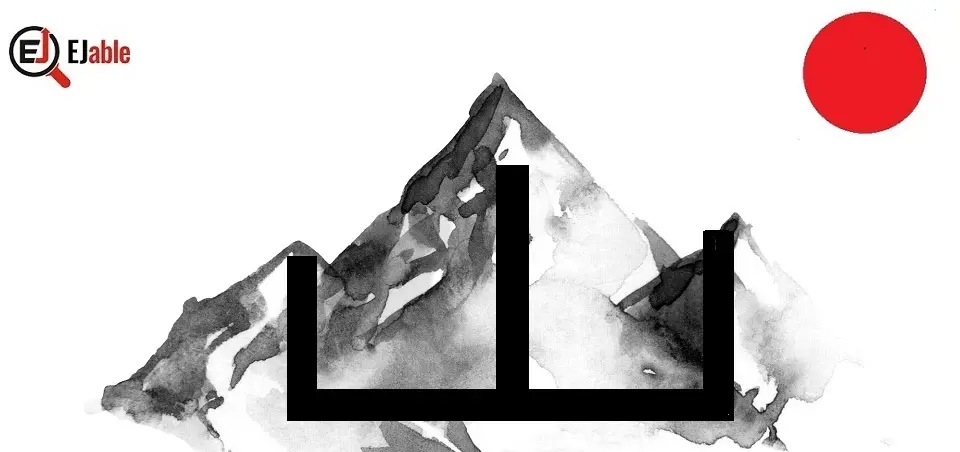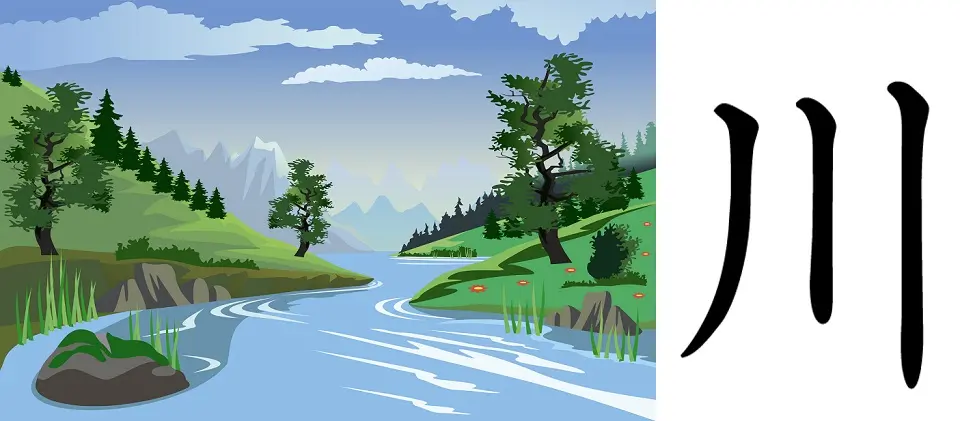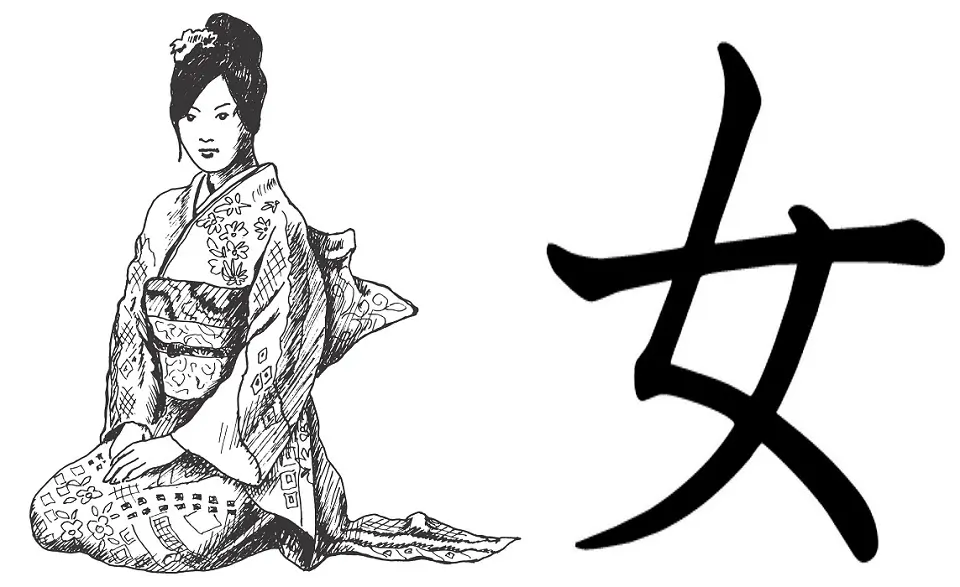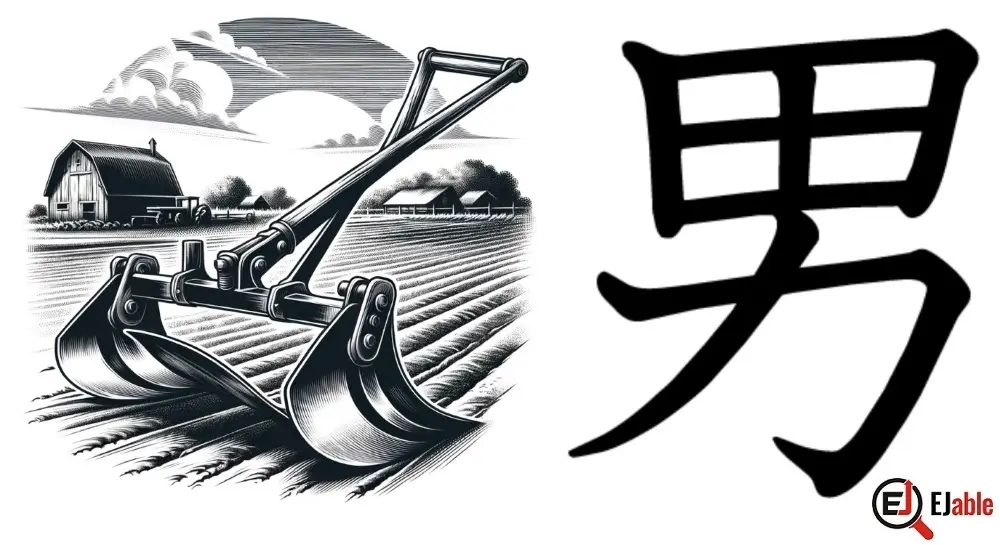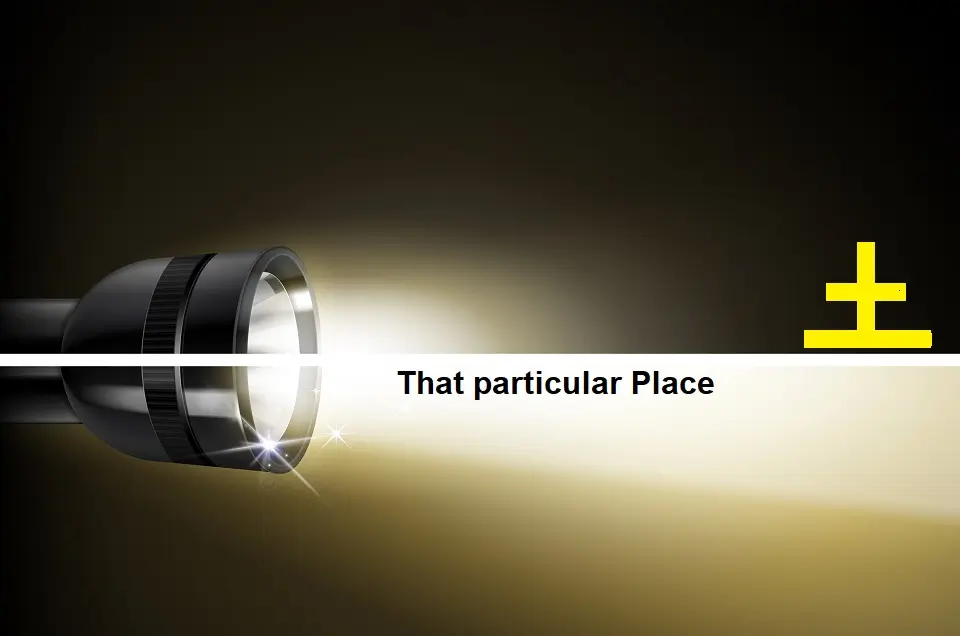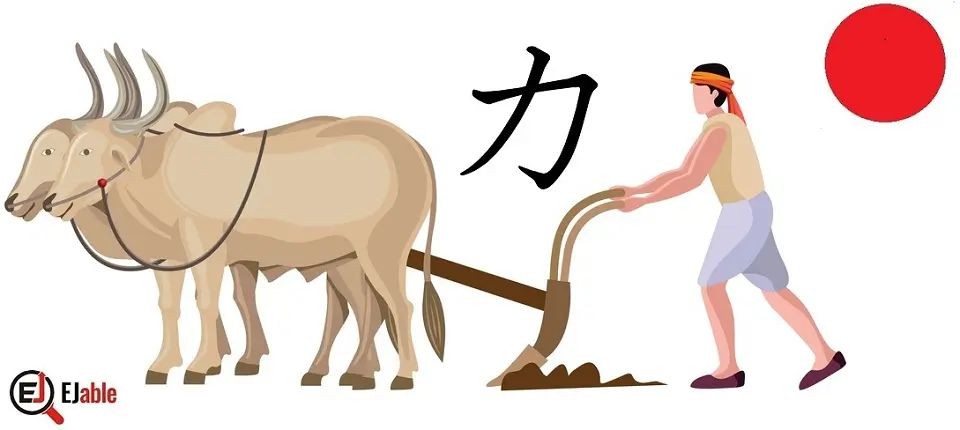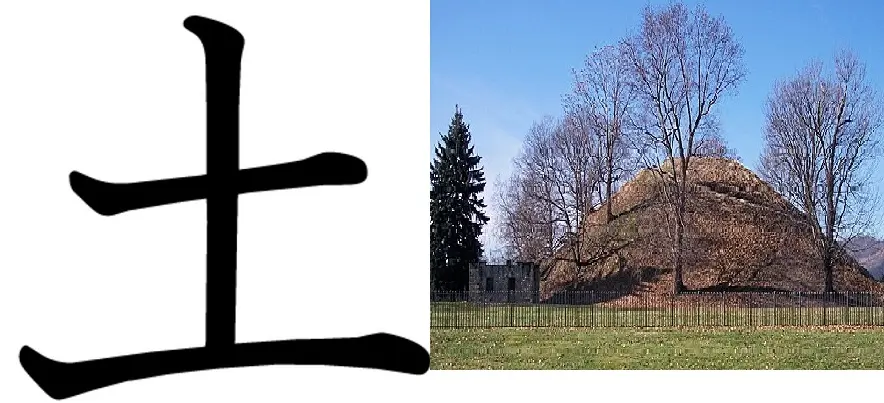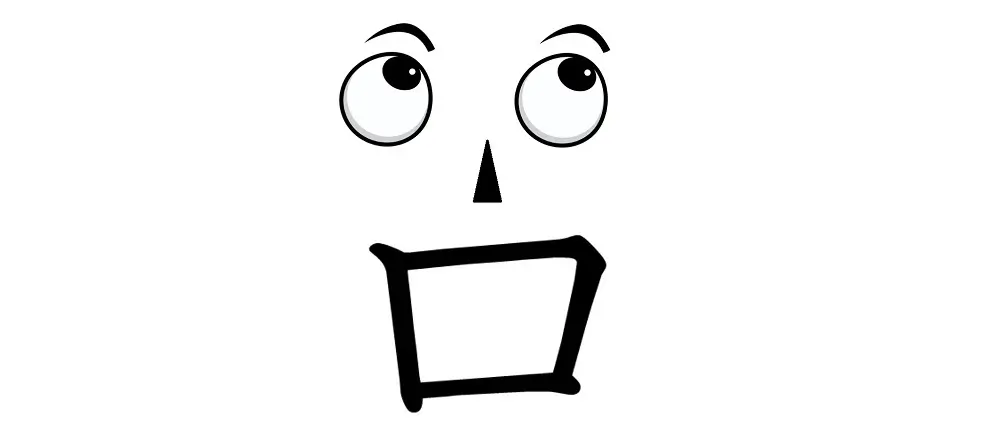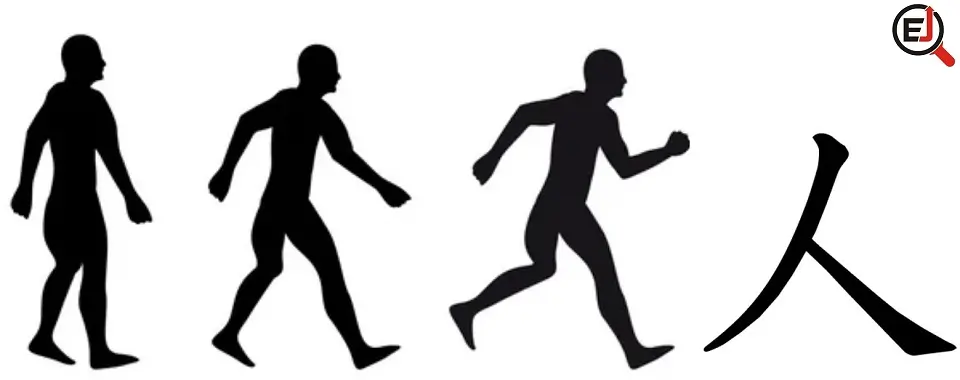Japan: From Traditional Practices to Modern Cultural Innovations
Japan, an archipelago in the Pacific Ocean, has intriguing contrasts and “harmonious contradictions”. The country is an amazing mix of ancient customs, culture, and state-of-the-art technology. Japan has a strong culture that mixes its history and old customs with new ideas and the ability to overcome challenges to create a successful modern society. This article explores this fascinating duality, the
Continue reading

